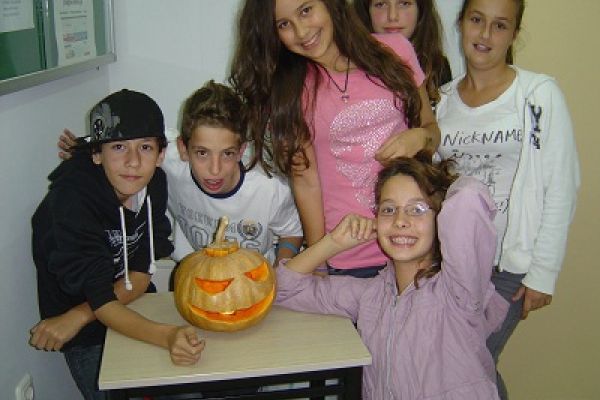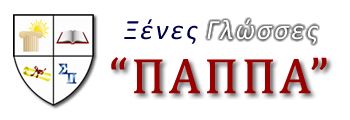HALLOWEEN
The celebration of Halloween goes back hundreds of years. It is the celebration that welcomes winter. It is on 31st October. The day after Halloween is called “All Saint’s Day” and is celebrated on 1st November. The old Anglo-Saxon word for saint is “hallow” so All Saint’s Day used to be called All Hallow’s Day. The evening before that used to be called Hallow’s Evening. The shorted form of Evening was “e’en” so it was combined to make one word : Halloween. Pope Gregory IV in 837 A.D. ordered Halloween as “All Souls Day” for remembering peoples’ souls. In Medieval England, the name “All Hallows” was first used.
It is not an American festival. It was introduced to America in the late 19th century and became very popular there. It is originated in England and marked the beginning of the Celtic New Year on the first day of November. On this day Celtic people would cut an apple horizontally to show the apple seeds in a pentagram shape. The pentagram was a symbol of protection and gave people hope for the winter season ahead. Apples played an important role in Celtic festivals and in one of the games that was played you had to get an apple out of a barrel of water without using your hands. If this was done it was considered a lucky charm for the rest of the year.
The custom of dressing us as ghosts and witches had nothing to do with the original celebration but never harmed anyone so it was kept by children. In the old days the tricks played in villages in England allowed small problems with a neighbor so people could expect their cows to be hidden, their gates to be removed or even their windows painted white so they couldn’t see outside.
The pumpkin was consider the best vegetable to make into a face because of its shape. The center of the round orange pumpkin is carved out and eyes and a mouth are made on the outside. When a candle is placed in the hollow center the eyes shine and scare away the evil spirits and the bad witches.











